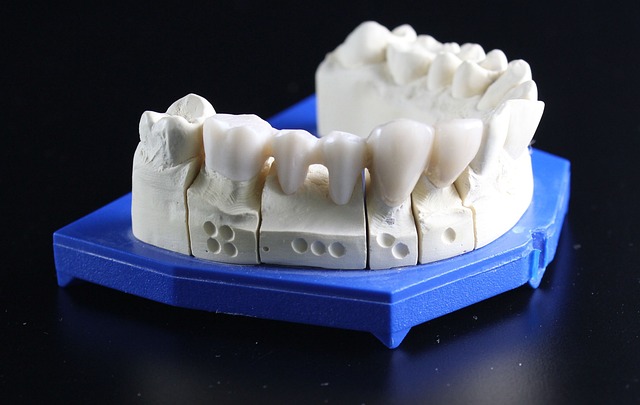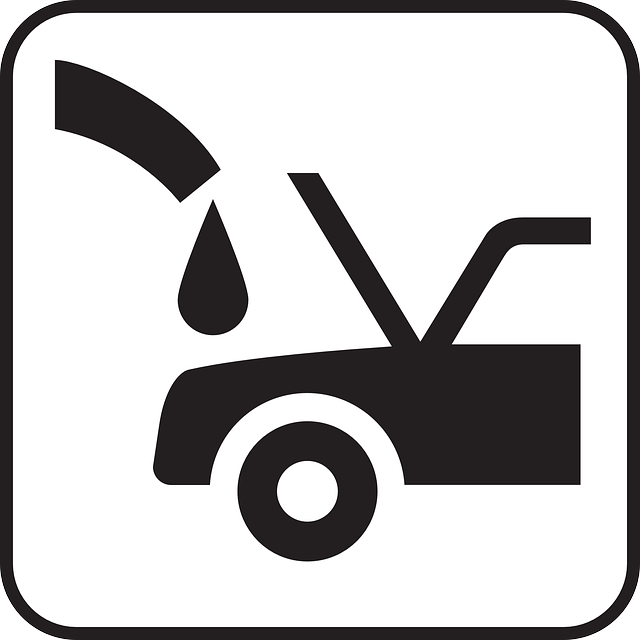Proper claims documentation storage is vital for businesses offering collision repair services, ensuring accurate, accessible, and secure digital record-keeping. When choosing a storage solution, prioritize data security through encryption, access controls, and regular audits. Maintain integrity, reliability, and high availability with robust backup systems to support services like auto glass repair, frame straightening, and dent removal. Organize files using structured folders, regularly update them in cloud storage, and implement automated workflows for efficient claim processing, maintaining a digital paper trail by digitizing key documents.
Storing critical claims documentation service files efficiently is paramount for organizations, ensuring compliance, facilitating quick access, and mitigating risks. This comprehensive guide explores the essential aspects of secure and organized claims file management. We delve into understanding the significance of robust storage practices, highlighting key considerations for selecting a reliable digital solution. Additionally, we offer best practices to streamline organization and maintenance of these vital records.
- Understanding the Importance of Proper Claims Documentation Storage
- Key Considerations for Choosing a Secure Storage Solution
- Best Practices for Organizing and Maintaining Digital Claims Files
Understanding the Importance of Proper Claims Documentation Storage

Proper claims documentation storage is a critical aspect of any business offering claims documentation services, especially those involved in collision repair and vehicle bodywork. It ensures that all records related to customer claims, repairs, and settlements are meticulously documented, easily accessible, and securely stored for future reference. This is essential for maintaining the integrity of the claims process, facilitating efficient customer service, and ensuring compliance with legal and regulatory requirements.
For collision repair centers and car collision repair facilities, effective claims documentation storage involves creating a centralized digital system to organize and store paperwork, invoices, photos, and other relevant documents. This enables quick retrieval when needed for claim reviews, audits, or dispute resolution. Digitalization also minimizes the risk of data loss due to physical damage or misplacement, enhancing the overall reliability and professionalism of the claims documentation service.
Key Considerations for Choosing a Secure Storage Solution

When selecting a secure storage solution for critical claims documentation service files, several key considerations come into play. Firstly, data security and privacy are paramount. Choose a provider that offers robust encryption, access controls, and regular security audits to protect sensitive information from unauthorized access or breaches. The ability to maintain data integrity is also crucial; ensure the system can prevent alterations or deletions without proper authorization.
Furthermore, reliability and accessibility are essential factors. Opt for a solution with minimal downtime, high availability, and robust backup systems in place. This ensures that your claims documentation service files remain accessible whenever needed, supporting efficient operations and quick turnaround times for services like auto glass repair, frame straightening, or dent removal. Additionally, consider the scalability of the storage system to accommodate future growth and changing data volumes.
Best Practices for Organizing and Maintaining Digital Claims Files

When organizing digital claims documentation service files, adherence to best practices is paramount. Start by establishing a clear and consistent folder structure that categorizes files based on client, claim type, or date. This system enables efficient retrieval and ensures no vital information gets buried. Regularly update and back up your files to cloud storage solutions, using password-protected access for security.
Implementing digital workflows for processing claims, including automated routing and approval processes, streamlines operations. For instance, utilizing specialized software designed for vehicle collision repair or other specialized services like vehicle restoration can significantly enhance organization and accessibility. Always maintain a paper trail by digitizing important documents related to the claim, such as estimates, invoices, and repair reports.
Proper storage of critical claims documentation service files is essential for efficient operations, regulatory compliance, and quick retrieval. By understanding the importance, considering secure solutions, and adopting best practices, organizations can ensure their digital claims files are well-organized, easily accessible, and protected against potential risks. This ensures a seamless process for both internal teams and external stakeholders, ultimately enhancing the overall effectiveness of the claims documentation service.














